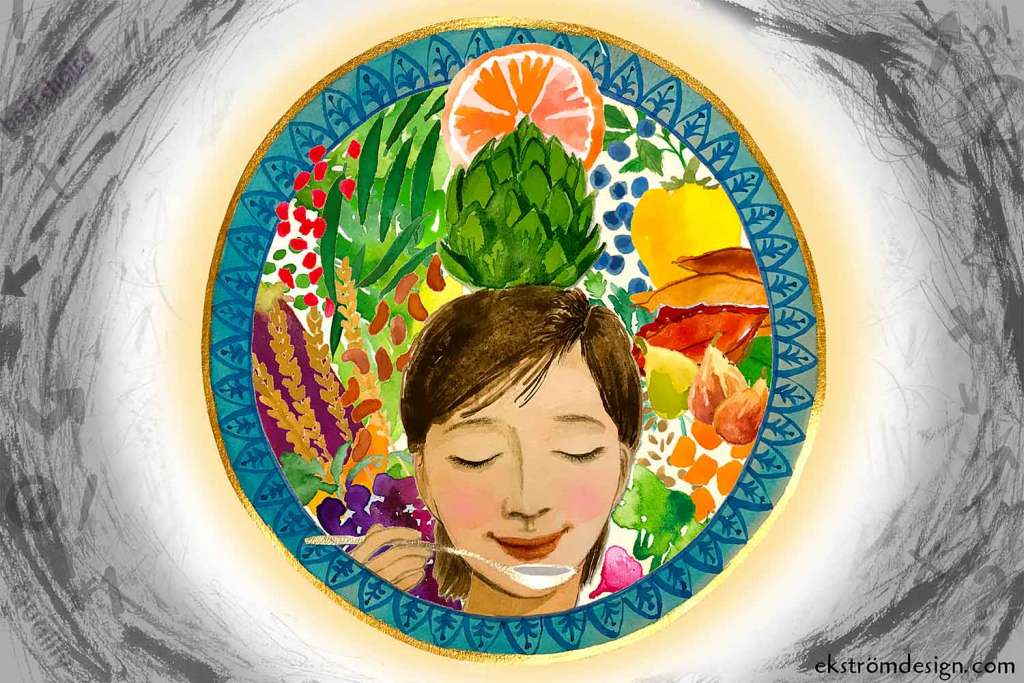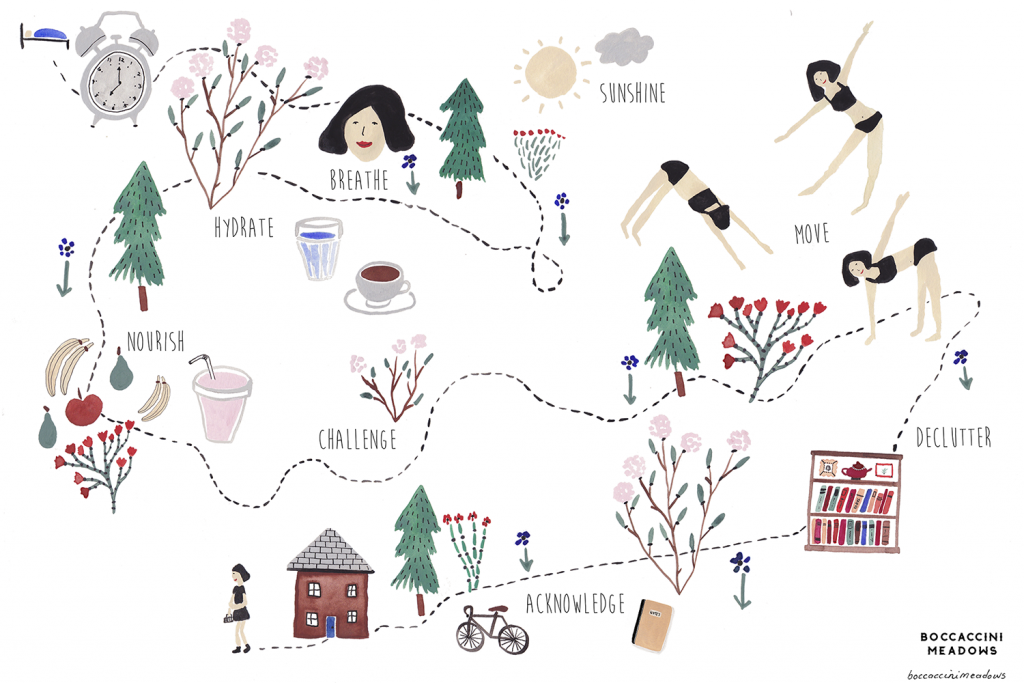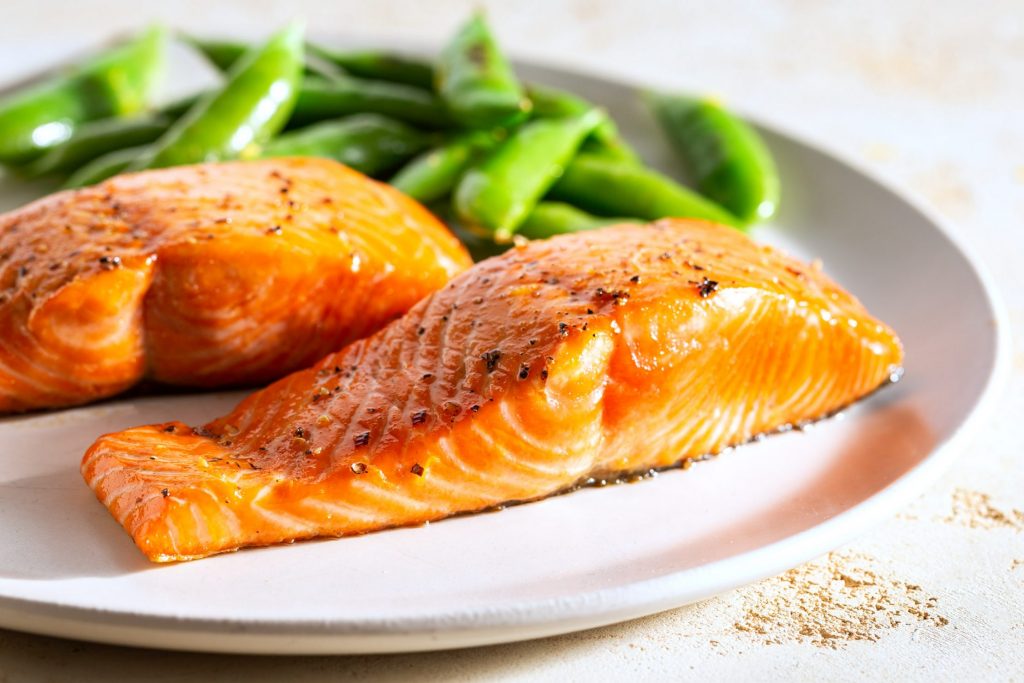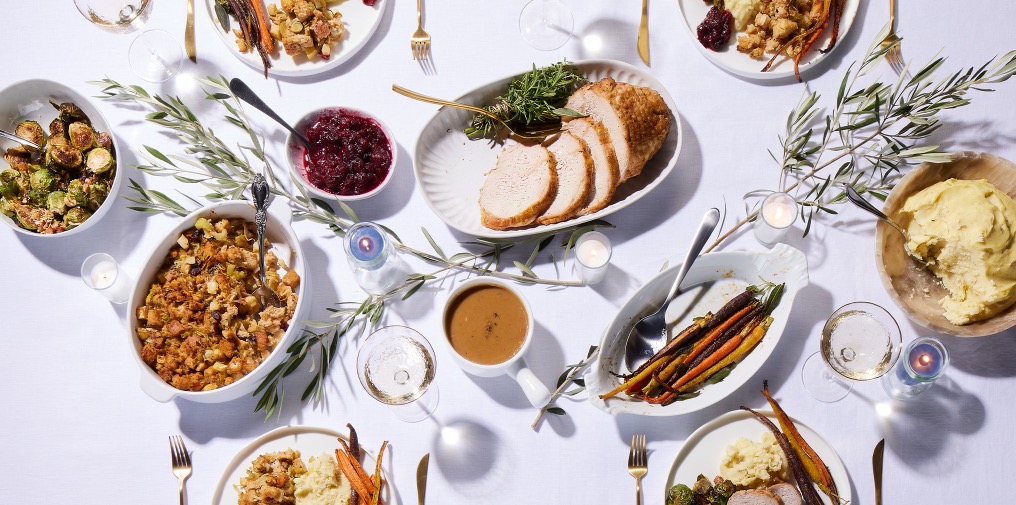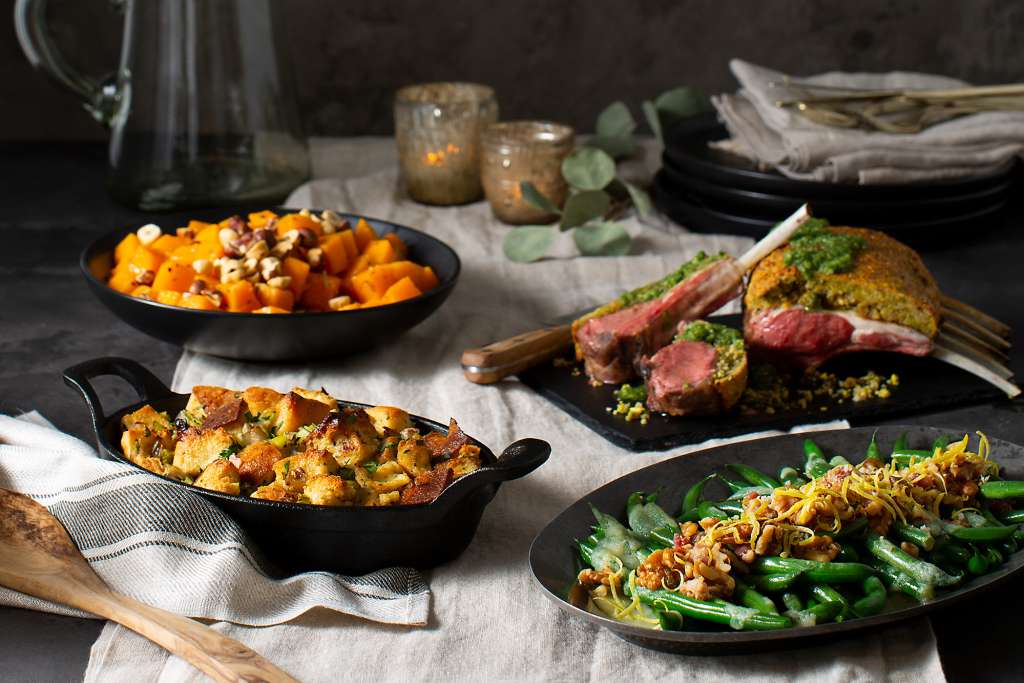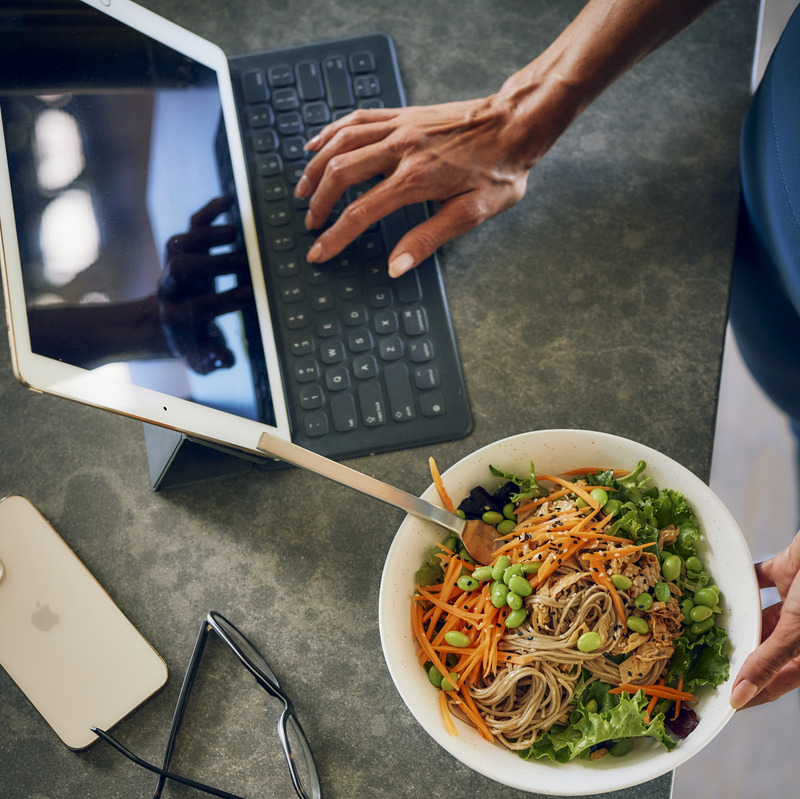The Raw Food Diet is Hot, or Maybe Not

Some people believe that cooking is an act that defines us as human. Others point to the invention of fire as the genesis of chronic disease. Does a carrot offer more nutrition when it’s raw or when it’s roasted? Are you better off grating freshly dug beets into a salad or cooking them until their flesh is tender and their flavor earthy and sweet? Whether heat brings out the best in food or wreaks havoc on our health has been debated for generations. Sun Basket’s Director of Nutrition, Lindsey Kane, weighs in on this heated (or not) argument.
The raw food diet has been around, well, since before the discovery of fire. But despite the introduction of six-burner ranges and the popularity of the Instant Pot, many people still believe that food is healthiest when it hasn’t been heated. Raw food advocates claim that food is most nutritious in its natural state, and that heat has a negative effect on both nutrients and the enzymes that help us absorb those nutrients. Cooking, the raw food folks claim, can lead to poor digestion and make it difficult for a body to get the maximum benefit from what we put into it.
They’re not entirely wrong. Cooking does deactivate plant enzymes and can destroy water-soluble nutrients like vitamins C and B. One undebatable advantage of the raw food diet is that it includes many nutrient-dense foods (fresh fruits and vegetables) and very few processed ones (fast-food hamburgers and Flamin’ Hot Cheetos). It also includes good-for-your-gut fermented foods, sprouted grains, and sometimes raw meat and seafood and unpasteurized dairy products.
But the raw food crowd is not entirely right, either. Our bodies are equipped with their own digestive enzymes, and plant enzymes aren’t necessary for healthy digestion. While heat destroys some nutrients, fat-soluble vitamins such as A, D, E, and K are better suited to taking the heat. A diet that includes only uncooked foods can be hard to maintain, particularly in terms of accessibility and convenience, and raw foods carry a greater risk of foodborne illness since one of the benefits of cooking is that it kills bacteria.
It’s not just if food is cooked that matters; how it’s cooked is important, too. Generally speaking, boiling is the hardest on nutrients, reducing water-soluble vitamin content as much as 60 percent. Foods cooked with dry heat, such as roasting and grilling, tend to retain more nutrients. Time is also a factor. The longer a food cooks, the more nutrients it loses. Quick methods, like sautéing and stir-frying, preserve the most nutrients in your dinner.
Heat helps break down the tough, fibrous cell walls of many foods, which makes the foods easier to digest and releases their nutrients so your body can absorb them. Cooking also allows us to enjoy foods that are indigestible raw, such as beans and potatoes. As for antioxidants (powerful plant compounds that fight inflammation and have been found to prevent chronic disease), studies have found that cooking vegetables increases the antioxidant content of plant compounds found in carrots, broccoli, and zucchini. More specifically, cooking vegetables has been associated with increases in the availability of antioxidants like beta-carotene and lutein. Similarly, lycopene, the heart-healthy antioxidant found in tomatoes and other red-hued produce, becomes more bioavailable when cooked.
Advice on whether to eat a food raw or cooked is too often directly related to whatever nutrient-specific lens is being used. A single food may contain one nutrient that’s more readily absorbed when cooked and a different nutrient that’s best consumed raw. It’s common to hear that it’s better to eat cooked tomatoes because heat nearly doubles the heart-protecting antioxidant lycopene. But cooking decreases the vitamin C in tomatoes by about 29 percent. Similarly, when peppers are cooked the amount of vitamin C is reduced but the availability of carotene increases.
Of course, eating is not just about nutrition. The pleasure you get from a meal is as important as its nutrient content. There’s rarely a food that’s always better raw or always better cooked. Like most nutrition advice, it’s all about balance. To get the best of both, enjoy your favorite foods both raw and cooked. If you prefer a perfectly ripe, juicy tomato with fresh basil and mozzarella, enjoy a Caprese salad, knowing that you are nourishing your body with plenty of nutrients this time and that you’ll get your lycopene the next time you order a pizza with marinara sauce.
Any food taken as a whole always delivers greater health benefits than the sum of its parts. At the end of the day, take an all-inclusive approach and eat your favorite foods, both raw and cooked. Asking what’s the best way to eat tomatoes is like asking what’s the best way to work out. The answer will always be the same: whatever you enjoy most. Lifelong well-being is all about sustainability, and the key to sustainability is finding enjoyment in nutrient-rich foods, raw or cooked.
Artwork by ekströmdesign

